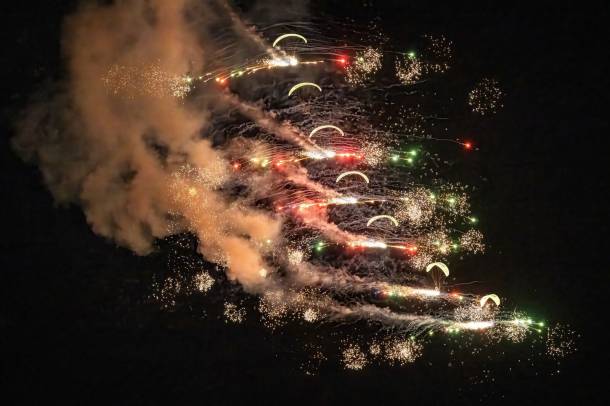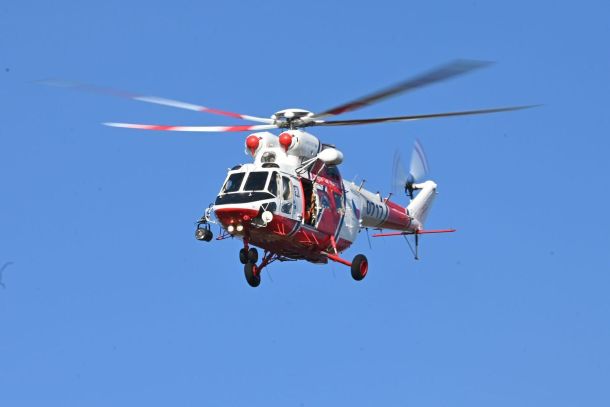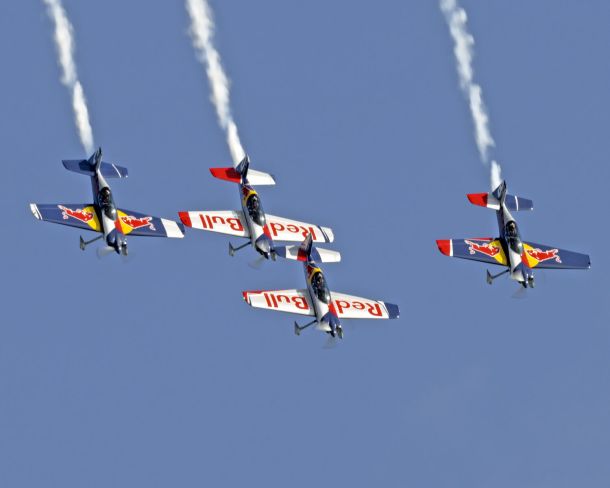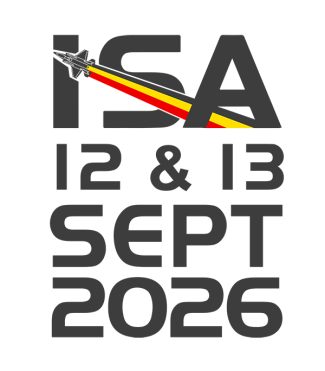Fi 156 Storch
Step back in time in the static display at the International Sanicole Airshow 2025 and discover a workhorse of the German armed forces during the Second World War, with a legacy far beyond the end of World War II: the Fieseler Fi 156 Storch.
This aircraft with a unique design and unparalleled capabilities carved a distinct niche in aviation history. Affectionately nicknamed "Stork" (Storch in German) due to its long, spindly landing gear which resembled the legs of the bird, this German aircraft was not designed for speed, but for extraordinary versatility and the ability to operate almost anywhere with exceptional short take-off and landing capabilities: It could become airborne in less than 60 meters and land in as little as 20 meters. Its exceptionally low stalling speed of just 50 km/h allowed it to almost hover in strong headwinds and maintain controlled flight at speeds unthinkable for most other aircraft. This, combined with its robust, long-stroke undercarriage designed to absorb landings on rough terrain, made it the perfect machine for operating from small, improvised strips close to the front lines.
During World War II, the Storch became an indispensable asset for the German military. Deployed across all theatres, from the deserts of North Africa to the Eastern Front, it served primarily in liaison, reconnaissance, and artillery spotting roles, where its excellent cockpit visibility proved invaluable. Its ability to access difficult locations made it a crucial air ambulance for casualty evacuation. It was also frequently used for transporting high-ranking officers. One of its most celebrated exploits was the audacious rescue of deposed Italian dictator Benito Mussolini from a remote mountain-top hotel in 1943, while female test pilot Hanna Reitsch famously fly a Fieseler Storch into besieged Berlin in the final days of World War II to reach Hitler in the Führerbunker.
The aircraft at the International Sanicole airshow will actually be a Morane Saulnier MS500 Criquet. The Storch's design was so successful that its production continued after the war. In France, the Morane-Saulnier company manufactured the aircraft under license, designating it the MS.500 Criquet ("Locust"). These French-built variants saw significant service, particularly during the First Indochina War (1946-1954), where it served as a reconnaissance aircraft and was also used for medical evacuation.
Come admire this historic airframe up-close on the ground at the International Sanicole Airshow on 13 & 14 September at Hechtel-Eksel.
















































